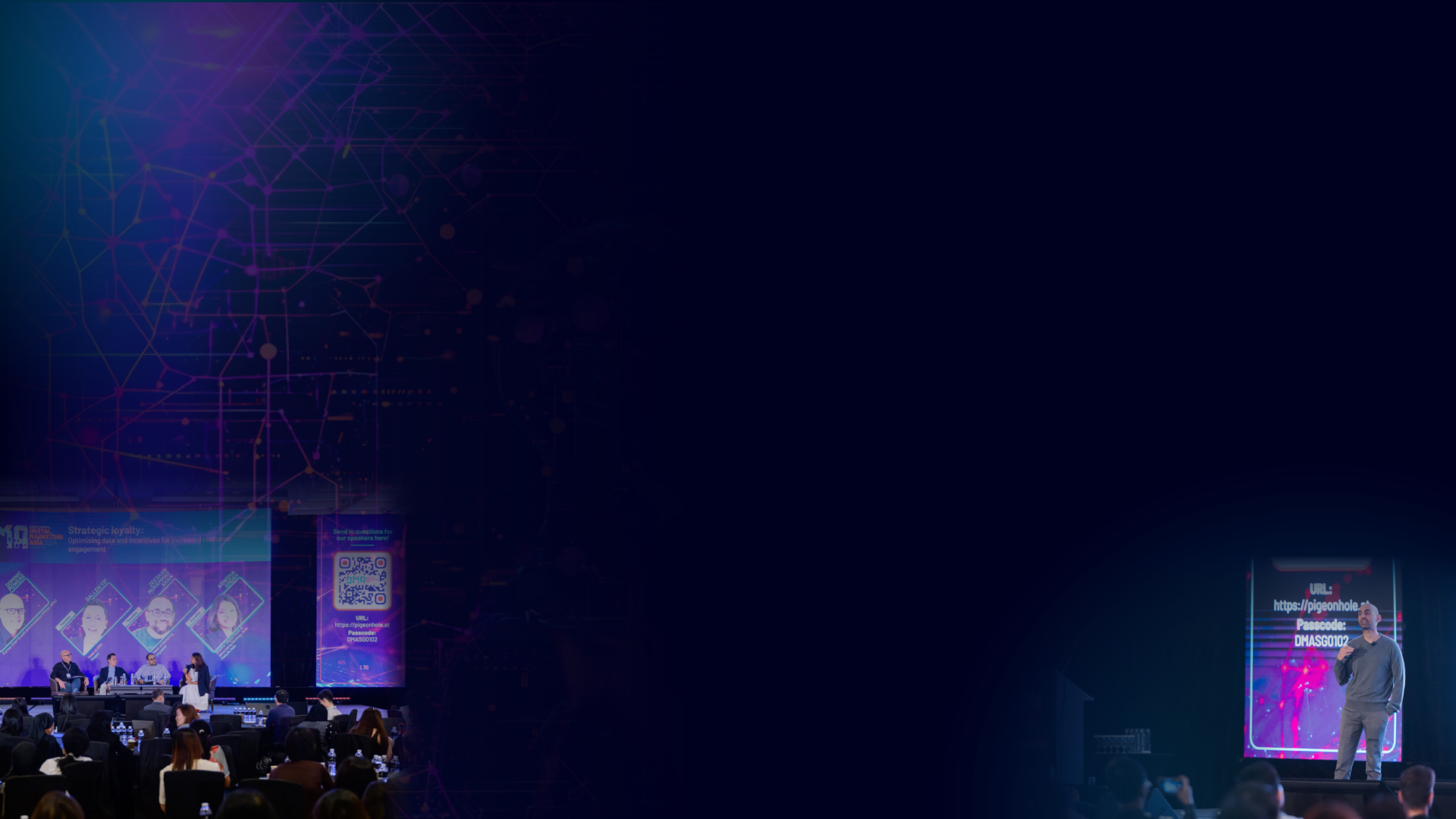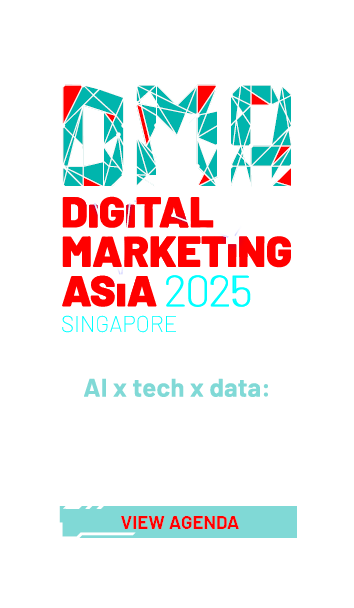



Context, content and co-existence: The three 'C's of PR
share on
With customer journeys incorporating multiple devices, channels, media and technology, the distinctions between paid, owned and earned media seems to be blurring, some would say to the point of irrelevance. What does this mean for PR firms, whose bread and butter (and raison d'etre) is earned media?
Marketing caught up with Hari Shankar, head of paid media, APAC at PayPal to find out more.
Marketing: What place does paid media hold in public relations?
Shankar: Paid media comprises assets occupying a third-party space, and spans a variety of formats including banners, advertorials, native advertising placements, text advertisements, video-streaming via placements, email push to third-party lists etc. Using paid media to deliver PR messages has the potential to be more powerful than traditionally accepted tactics such as press releases. However, PR messages must be customised to the audiences of various platforms to ensure the least spillover and wastage.
Sticky advertorial placements and ‘in-content’ delivery of native advertising are powerful vehicles for delivering great PR messages. This is extremely important to brands that have niche audiences who may never be reached using the traditional methods of broadcasting PR messages.
Marketing: How is the fragmenting consumer journey affecting what PR people do on a day to day basis?
Shankar: Due to the accelerated proliferation of channels, screens and consumption behavior, the customer journey is no longer linear. However, sophisticated technology allows for powerful planning, targeting, and engaging strategies. This in turn makes it possible to create a “Surround, Intercept and Engage" approach where consumers are engaged in content consumption across multiple screens. In this climate, traditional PR tools such as blogs and press kits need to mutate to leverage advanced technology and ensure relevant reach, target and surround strategies.
Marketing: What’s driving the convergence of paid, earned and owned at such a high rate, and what does this mean for PR firms?
Shankar: It's important to recognise that to consumers there is no distinction between ‘paid’, ‘owned' and, ‘earned’. To consumers, it is context and place that provides the impetus to engage. Consumers are increasingly super-mobile and this drives journey-triggers to be almost always from the mobile device that work in conjunctions with laptops and desktops.
For instance, an expectant mother who is also a working professional heavily consumes content related to pregnancy and childbirth via multiple platforms and this primarily is through the mobile device or laptop, which changes where the content is placed. User generated content/reviews (earned media), in-content native placements (paid media), and blogs (owned media) co-exist on a website that is consumed by this hypothetical expectant mother. As a consumer, she seldom notices the difference amongst the three streams. Thus, marketers must ensure that they develop a holistic strategy to engage across the space such that it culminates in a pleasant customer experience. In addition, marketers must have a robust measurement ecosystem that churns out a performance understanding using the right metrics.
For PR firms, this is an impetus to go beyond the traditional parameters of PR. This is why many PR firms now double up to plan and execute social media, paid media and creative strategies across different forms of media. They will need these capabilities to compete with the established media and advertising conglomerates like OgilvyOne or Publicis Groupe.
Marketing: Clearly the larger PR shops see lots of new opportunities to expand their scope into areas traditionally dominated by creative and media agencies. How successful will PR firms be at taking on a wider role?
Shankar: Well-entrenched players who are integrated more closely with the evolving digital reality are always better placed than some who try to morph into a new avatar as an afterthought. PR shops that are part of larger media or creative agency conglomerates may find it easier to blend into the melee as compared to stand-alone shops because some level of integration would already be present in the infrastructure. However, the ability to successfully morph into a digital PR firm depends on whether they are able to design integrated solutions that adapt to the digital eco-system. Thus, in short, context, content, and co-existence are the 3 Cs that these PR agencies should be thinking about.
Hear more from Shankar at PR Asia 2014. Know more about the conference, here.
To book your seats for the conference contact Joven Barcenas at jovenb@marketing-interactive.comor +65 6423 0329, +65 9820 5195.
For sponsorship opportunities, contact Che Winstrom at chew@marketing-interactive.com or +65 6423 0329.
To discuss the agenda, enquire about presenting or to suggest topics, contact Preeti Varadarajan at preetiv@marketing-interactive.com or +65 6423 0329
share on
Free newsletter
Get the daily lowdown on Asia's top marketing stories.
We break down the big and messy topics of the day so you're updated on the most important developments in Asia's marketing development – for free.
subscribe now open in new window
